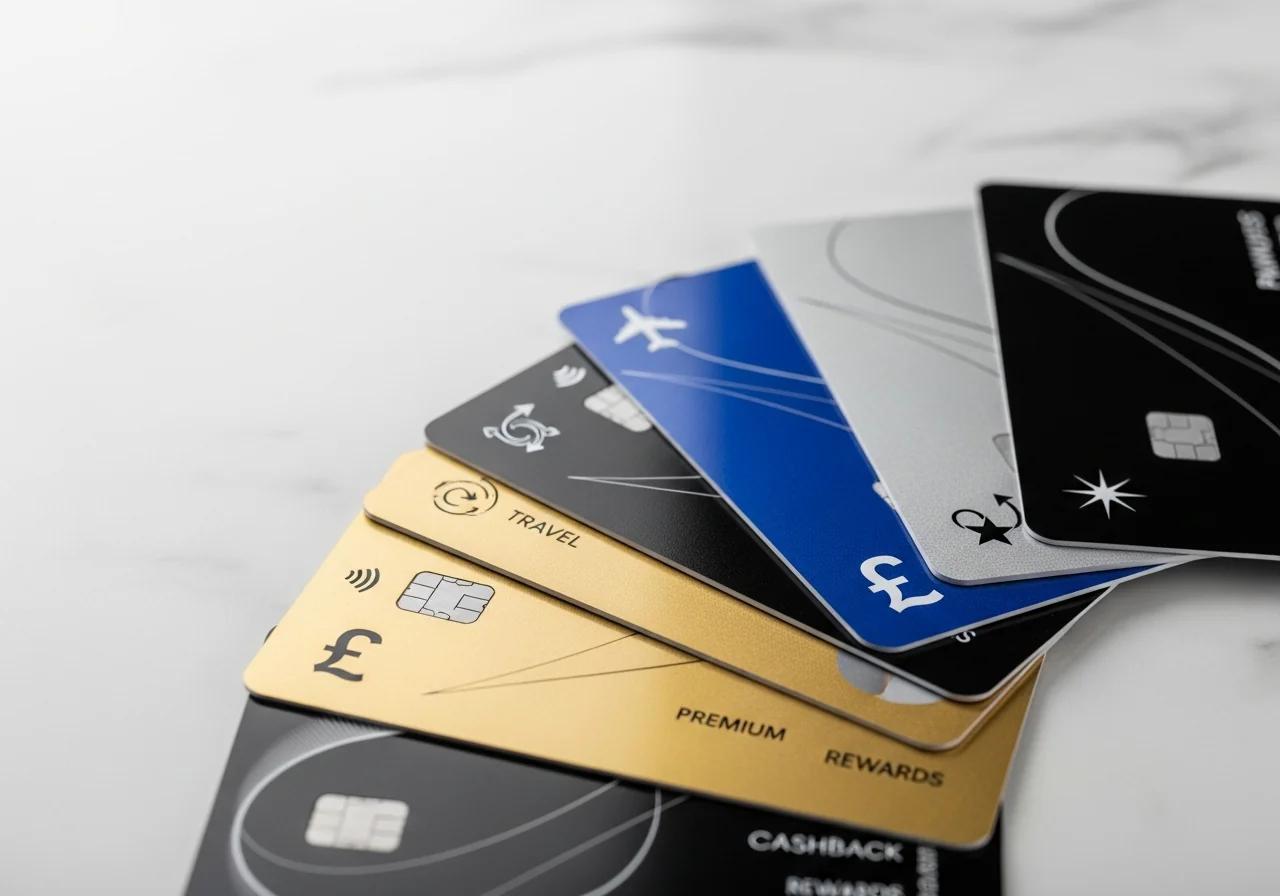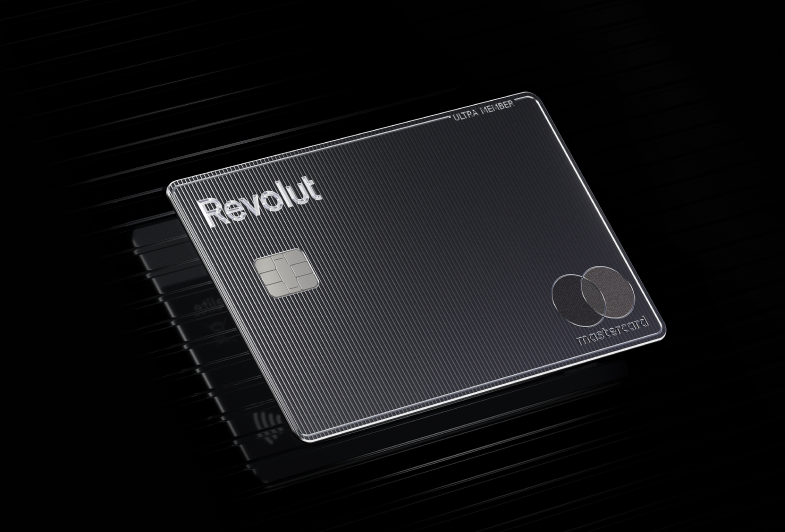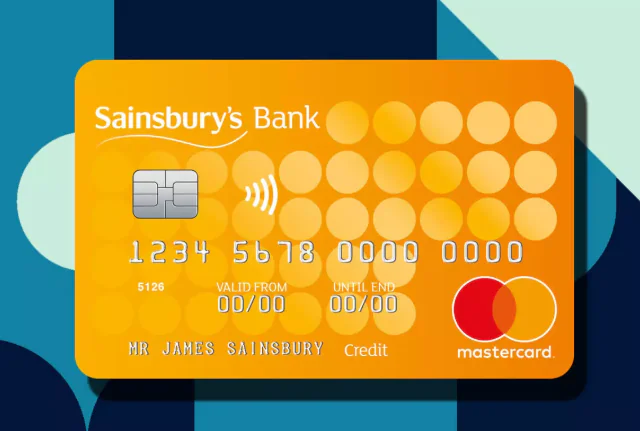If you’re trying to nudge your credit score in the right direction without getting lost in points charts or airline miles, the Zable Credit Card is the sort of no-frills option many people consider in the UK.
It’s app-led, fairly straightforward to run day to day, and aims to help you build a steady repayment record. Below is a practical walk-through of how it generally works, the kind of person it tends to suit, and simple habits that can make it pull its weight.

More About Credit Cards
Below, we’ll share articles related to this topic. So, read on:What Zable is (and isn’t)
Zable sits in the “credit-builder” camp. Think of it as a tidy way to put regular, on-time payments on the record rather than a card for racking up travel perks.
You get a mobile app to keep tabs on spending, alerts when transactions land, and tools to pause the card if it goes missing in a coat pocket. If your goal is a calmer credit file in six to twelve months, this is the kind of setup that can help you get there.
If you’re chasing lounge access, companion vouchers or category bonuses, this category won’t excite you. Its value lives in doing small things right, over and over, without fuss.
Who tends to get on with it
- New to UK credit? Useful if you’ve only just started a file and want something manageable to build history.
- Rebuilding after a bump? If you’ve had late payments in the past, an app with reminders and alerts can keep you on track.
- Budgeters and list-makers: People who like limits, notifications and seeing everything in one place often find the app approach reassuring.
- Fans of simple over flashy: No complicated rewards ladders; just a card you can run cleanly.
Quick reality check: no issuer approves everyone, and results vary by person. Treat the card as a tool, not a magic fix.
Eligibility, in plain English
Lenders in the UK look for broadly similar basics: you’re 18+, living here, with a traceable address history and income that covers your outgoings.
A completely spotless record isn’t mandatory for a credit-builder product, but recent good behaviour helps.
Zable typically offers a “soft search” checker first. That gives you a sense of your chances without leaving a hard mark. If you like what you see and go ahead, expect a full (hard) check that will appear on your file.
How the application usually feels
- Two-minute sense-check: Use the soft checker to gauge eligibility.
- Application: Share your details, three years’ address history, and income info. Nothing exotic—just the facts.
- Affordability look-through: Lenders want to see you can meet repayments alongside rent, bills and other commitments.
- Decision and set-up: Outcomes can be quick. If approved, you’ll see your limit and how to activate the card in the app.
Delivery and activation steps vary, but most people are up and running in the app soon after approval.
Costs and fees. What to watch
Credit-builder cards tend to carry higher interest than mainstream rewards cards. That’s common across the market, not specific to one brand. A few simple habits keep costs under control:
- Automate the minimum: Set a Direct Debit so the minimum always clears on time. Then pay extra when you can.
- Aim to clear in full: Paying the statement balance each month generally avoids purchase interest.
- Skip cash withdrawals: Cash on a credit card often costs more and starts charging interest straight away.
- Mind overseas fees: When you’re abroad, choosing the local currency at the terminal usually beats “pay in GBP”.
Your personal terms—representative APR, any fees, and limits—sit in your pre-contract pack. Read that once, slowly. It’s ten minutes well spent.
Limits, headroom and reviews
Your starting limit reflects the full picture: income, existing credit, recent behaviour. Over time, some people may be offered a review if they’ve run the account neatly—no late payments, no persistent maxing-out, no surprises. It isn’t automatic or guaranteed.
As a calm rule of thumb, try to keep your balance well under a third of your limit. That leaves room for a small emergency and tends to sit better on your file than running close to the line.
Small habits that build credit
- Make it boring: Put a few predictable expenses on the card (say, your weekly shop), then pay them off.
- Set reminders: Statement date, payment due date, and a mid-month check-in. That trio prevents most mishaps.
- Keep it moving: Regular, low-stress activity is better than long periods of zero use or big spikes.
- Space out applications: Several hard searches in a short window can make lenders wary.
- Query anything odd quickly: If a transaction looks off, freeze the card in the app and speak to support.
Progress isn’t overnight. Many people notice steadier reports after a few months of quiet, on-time payments and low utilisation. Your timeline may be shorter or longer—both are normal.
Living with the app day to day
The draw of Zable is the app-first control panel. Typical tools include instant spend alerts, clearer merchant names (so you recognise the coffee shop, not a random processor), and a quick freeze/unfreeze switch if your card goes walkabout. Secure in-app messaging beats waiting on hold, and many people find that nudges—“payment due next week”, “balance now £X”—keep the account tidy with little effort.
For online payments, Strong Customer Authentication adds an extra tap or one-time code. It’s a small pause that helps cut fraud.
How it stacks up against other credit-builder cards
Each issuer has its flavour. Here’s a broad feel for the landscape (check live terms before you choose):
- Zable: App-led, simple controls, clear focus on building a clean record.
- Capital One Classic: Long-established name, straightforward entry-level option.
- Aqua Classic: Designed for mixed histories, widely used by people rebuilding.
- Vanquis range: Several products with staged progress for rebuilding customers.
What’s “best” depends on you. If you value app polish and fewer moving parts, Zable may feel right. If you want a household name or a particular feature, shortlist a couple and compare your personalised offers.
Security basics that save headaches
- Never share codes: A bank won’t ask for your PIN or one-time passcode. If someone does, hang up.
- Use trusted networks: Check the app on mobile data or secure Wi-Fi, not random café hotspots.
- Be currency-smart abroad: Picking the local currency often means a fairer rate than “GBP at till”.
- Freeze fast: Misplaced card? Freeze in the app first; look for it second.
Common slip-ups (and how to sidestep them)
- Only paying the minimum for months: It keeps the account open but drags out repayment. Add a top-up whenever you can.
- Living at the limit: Constant high utilisation can make future applications harder. Leave breathing room.
- Ignoring statements: A five-minute monthly check finds errors early, when they’re easiest to fix.
- Scatter-gun applications: Pace yourself. Fewer, better-timed applications tend to land better with lenders.








